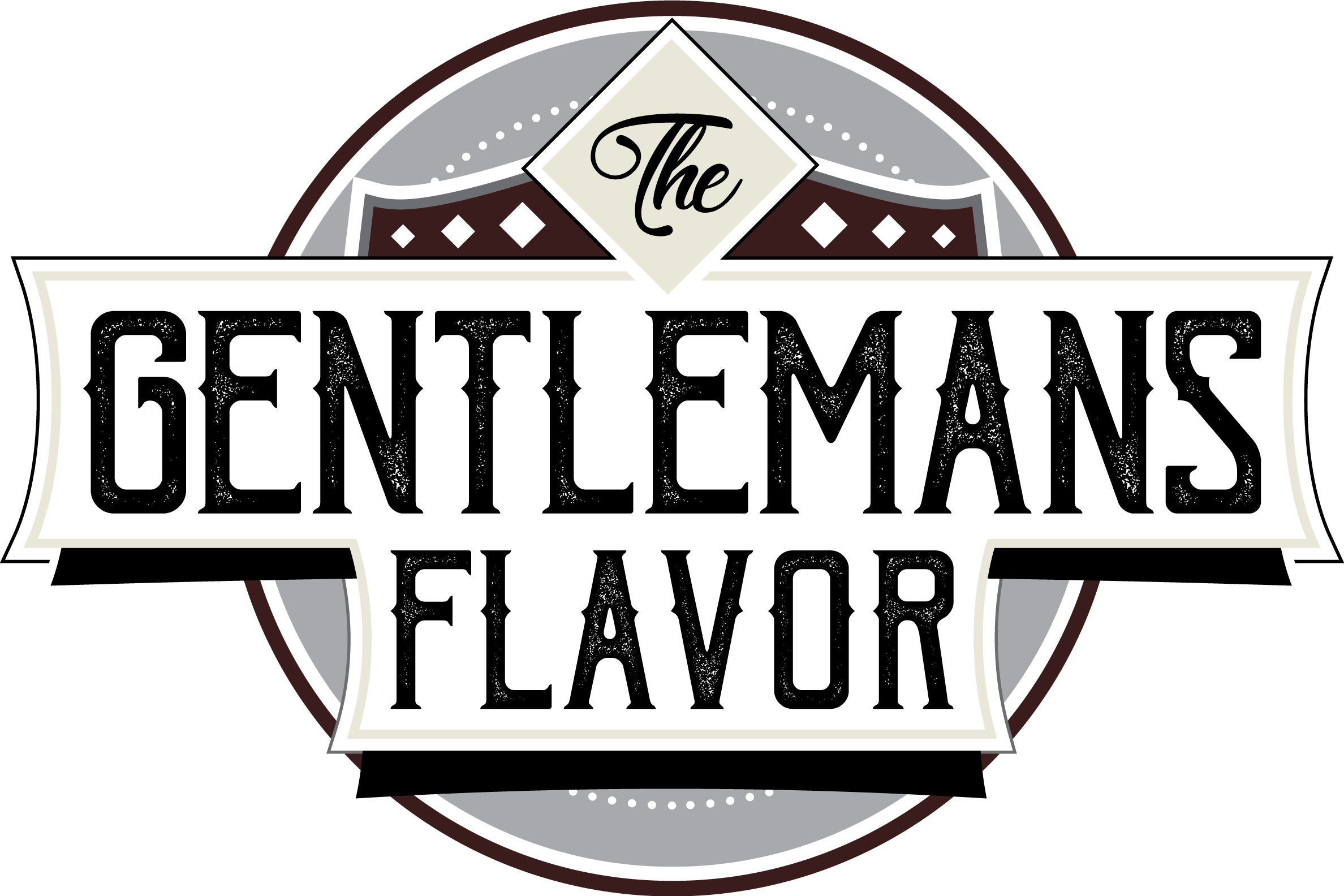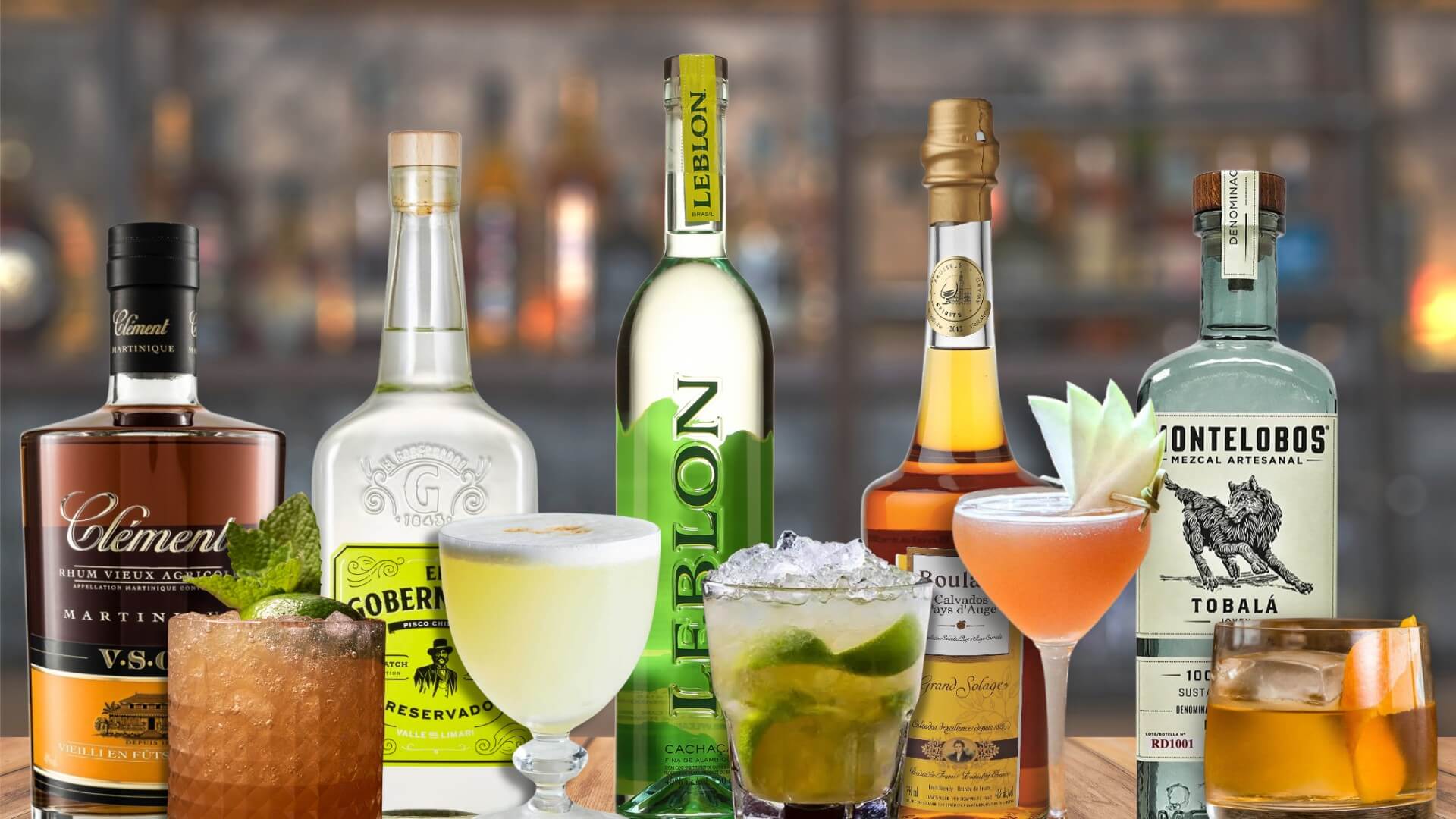Though we’re deep in the midst of a global whiskey boom (very deep actually), it’s always a good idea to to take a step away from whiskey or the other conventional, widely-available spirits (like rum, gin, tequila, vodka) and try out something that’s different.
Though the following 5 spirits may not have an entire wall dedicated to them at you local liquor store, they are all unique and are all very deserving of your attention. Some could be considered a close cousin to other spirits; others are quite unlike anything else.
Whether you’re looking to try out something neat or on ice that is new to you, or you’re looking to craft a one-of-a-kind cocktail with a spirit base that has leaves your guests saying “wow, that’s really good! What’s in this?”, these are 5 spirits are for you:

Pictured: Montelobos Mezcal Artisanal Joven
MEZCAL
Similar to tequila, mezcal is distilled in Mexico by using the agave plant. Whereas tequila must be made from blue weber agave, mezcal can be made from a wide variety of agave species, which results in an incredibly diverse array of flavors between one mezcal and the next. Unlike tequila, the piñas from the agave plant that are used to make mezcal are roasted in the ground instead of being cooked in large ovens.
This typically results a succinctly earthy and smoky character that sets it aside from tequila.
Unlike most tequilas, mezcal is truly an artisanal process, as it is made entirely by hand with no mechanization or machinery to speak of.

MEZCAL COCKTAIL: Oaxaca Old Fashioned
DIRECTIONS:
In a large mixing glass half filled with ice, STIR mezcal, tequila, agave syrup and bitters for 30-45 seconds or until chilled. Pour over a large cube of ice in an old fashioned glass. Garnish with a flamed orange twist (peel an orange zest and hold it skin side down over the cocktail. Light a wooden match and squeeze the zest to release its oils which will result in a momentary burst of flame. Drop the zest into the drink).
INGREDIENTS:
- 1 1/2 oz reposado tequila
- 1/2 oz mezcal
- 1 bar spoon of agave syrup
- 3 dashes of Angostura bitters

Pictured: Calvados Boulard Pays D’auge
CALVADOS
Calvados is a brandy made in Normandy, France that is traditionally distilled from apples and sometimes is made from pears. Though calvados display obvious notes of apples or pears, they also often exhibit notes of apricots and other dried fruits, baking spices, sweet pastries and floral.
If you cannot find calvados, in the United States you can easily find apple jack to use as a suitable substitute, as it is not very dissimilar to apple calvados.

CALVADOS COCKTAIL: Jack Rose
DIRECTIONS:
If you choose to incorporate the egg white, first DRY SHAKE all ingredients (shaking without ice) then SHAKE with ice for 15-20 seconds then FINE STRAIN into a coupe glass (if omitting the egg white, disregard step one). Garnish with 3-5 thinly sliced apple slices.
INGREDIENTS:
- 2 oz Calvados (or Apple Jack)
- 1/2 oz fresh lemon juice
- 1/4 oz 2:1 simple syrup
- 1/4 oz grenadine syrup
- 2 dashes orange bitters
- 1 egg white (optional)

Pictured: El Gobernator Reservado
PISCO
Pisco is made in Peru and Chile. Both nations will hotly debate over who made it first.
It is essentially a South-American brandy made from fermented grapes. However, unlike brandy or cognac (also made from grapes), it is not to be aged in oak. It is instead bottled as a clear spirit so as not to obscure the essence of the grapes. Pisco actually is closer to an Italian Grappa than it is a brandy.
It is to be made from particular varietals of grapes, with each different grape type offering highly distinctive characteristics from the next.

PISCO COCKTAIL: Pisco Sour
DIRECTIONS:
DRY SHAKE all ingredients (without ice) for 10 seconds, then add ice. Shake again for 15-20 seconds and STRAIN into chilled glass. Add 3 drops of Angostura Bitters on top of foamy head.
INGREDIENTS:
- 2 oz Pisco
- 3/4 oz fresh lime juice
- 1/2 2:1 simple syrup
- 3 dashes orange blossom water
- 1 egg white

Pictured: Leblon Cachaça Superior
CACHAÇA
Cachaça is essentially Brazilian rum that is made from fermented sugar cane juice (not from molasses like most conventional rums). As a result, it is known to impart grassy vegetal notes, as well as mint, lime, dried fruit, baking spices and coffee.
Also known as pinga, cachaça is the biggest selling spirit in Brazil. In fact, so popular is cachaça that it actually outsells vodka worldwide. Cachaça is known for being aged in an array of different wood barrels far beyond oak, including balsam, eucalyptus, castanheira and others.
Though the quintessential cocktail for cachaça is unquestionably the caipirinha, cachaça can also be subbed in for traditional spirits in a variety of classic cocktails including mojitos, martinis and margaritas.

CACHAÇA COCKTAIL: Caipirinha
DIRECTIONS:
Cut a lime in half and then cut the half lime into 4 wedges. Add the lime wedges into the base of a shaker and add simple syrup. Gently MUDDLE the limes and sugar. Add some small cubed or pebble ice, the cachaça and gently muddle some more. Using an ungated pour (a pour with no strainer), pour the contents into a rocks glass and top with some more pebble ice.
INGREDIENTS:
- 2 oz Cachaça
- 1/2 fresh lime chopped
- 1 1/4 oz 2:1 simple syrup
RHUM AGRICOLE
Like cachaça, rhum agricole is distilled from fermented sugar cane juice. It is made in the French-speaking islands of Martinique and Haiti. You can really taste the terroir in rhum agricole, which often results in earthy, vegetal, grassy notes, but also exudes on overlying essence of fruit such as pineapple, banana, mango and papaya.
Rhum agricole has become a staple of many cocktails that are rooted in tiki culture.

RHUM AGRICOLE COCKTAIL: Trader Vic’s Mai Tai
DIRECTIONS:
Add the rhum agricole, Jamaican rum, orange curaçao, lime juice and orgeat syrup into a shaker with crushed ice and SHAKE for 15-20 seconds or until chilled. Pour ungated into a double old fashioned glass. Top with crushed ice and garnish with the spent lime wedge and mint (gently slap the mint against your palm to release some oils prior to adding to the drink).
INGREDIENTS:
- 1 oz Rhum Agricole
- 1 oz pot still dark Jamaican rum
- 1/2 oz dry orange curaçao
- 1 oz lime juice
- 1/2 oz orgeat syrup
- 1/4 oz 1:1 simple syrup
SUMMARY
Though these spirits are actually anything but new (pisco and calvados have purportedly been distilled since the 1500s), some may be brand spanking new to your palate. If so, we think it’s about time you gave these different, time-honored spirits a go.
As with anything, we recommend trying it neat first to establish a true feel for the spirit all on its own. Then maybe try with ice, or use it as a spirit base to craft one of these outstanding cocktails.
Hey, we love our whiskey just as much as the next guy, but we also love sampling from life’s buffet. Try out these unique spirits and discover the next perfect addition to your bar.

Kurt Bradley is the founder of The Gentleman’s Flavor, to which he is also a contributing editor, host and curator.
Kurt is a certified Whisky Ambassador accredited by The Scotch Whisky Association and has achieved Level 2 Award in Wine & Spirits Education Trust with distinction.
He lives in Toronto, Ontario.







